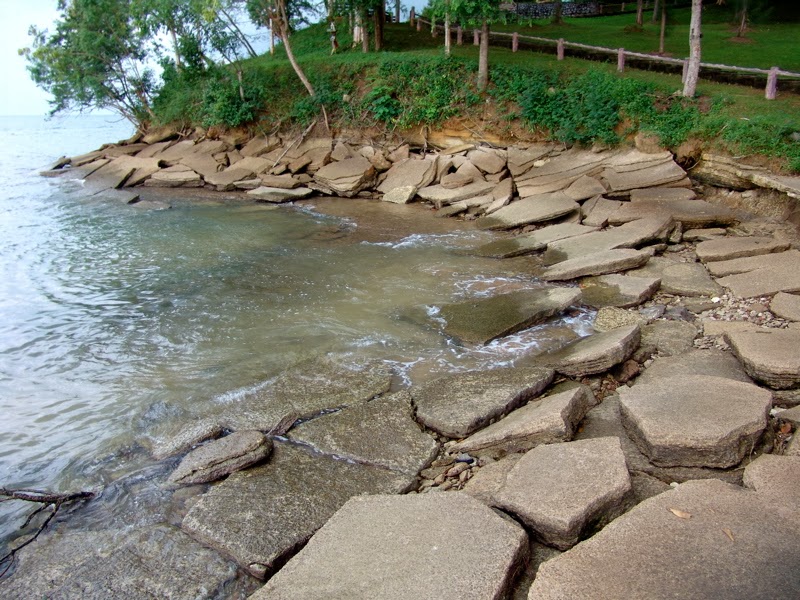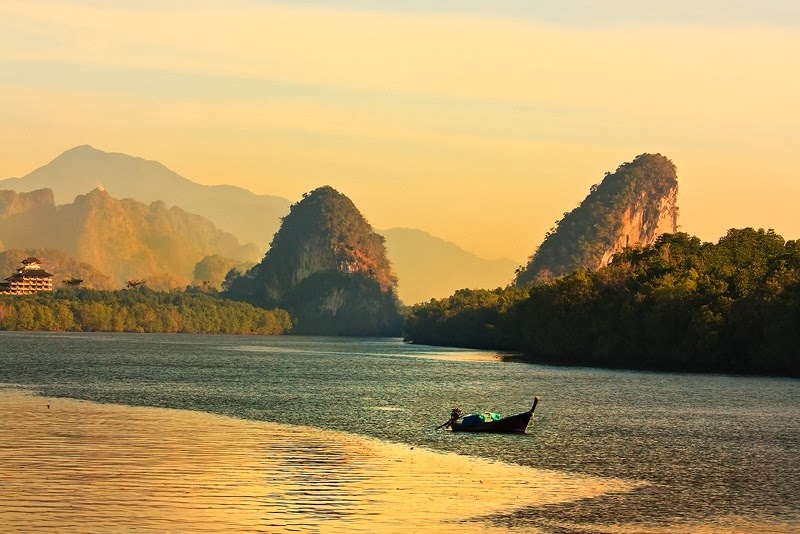Tha Pom Klong Song Nam
Tha Pom Klong Song Nam Klong Tha Pom (Tha Pom Canal) is a beautiful area to visit. Five kilometers in length, it is unique for its outstandingly clear emerald-green waters and its location on the tideline. The canal water is alternatively fresh or brackish depending upon the state of the tides. This has resulted in the development of three different forest systems in a very concentrated area.
Only 100 metres from the car park you will find the amazingly clear waters which allow sight of this underwater world. The fresh water is high in dissolved limestone which inhibits the formation of precipitates so that the water truly sparkles in the sunlight, as it flows between the mangrove-lined banks.
The canal is a fascinating microcosm of Thailand’s forest areas. Visitors will first encounter the mangrove wetlands with their characteristic tortuous tangle of surface roots but this gives way to the rarely found fresh water swamp forest with small trees and sparse vegetation. This in turn yields to typical rain forest with lush tree growths and shaded paths.
Further on past the prohibited area (Tha Pom Swamp) is the Chong Phra Keaw swamp which is a 40 metre wide expanse where the sea and fresh water actually meet. The waters on the land side are fed via a limestone cave network. It is a fascinating area. For many years the area was regarded as sacred so the natural ecology was not affected by agriculture or settlement.
Perhaps the best way to enjoy the reserve is by canoe. This offers unparalleled and silent access to all the wildlife which inhabits the banks and waters of this unique water paradise. Visitors can also observe the exact confluence where the clear fresh flows encounter the detritus heavy sea water. There are small fishing villages along the banks of the canal and by canoe one can observe a way of life which has continued essentially unchanged, for hundreds of years.
*****************************************


















































